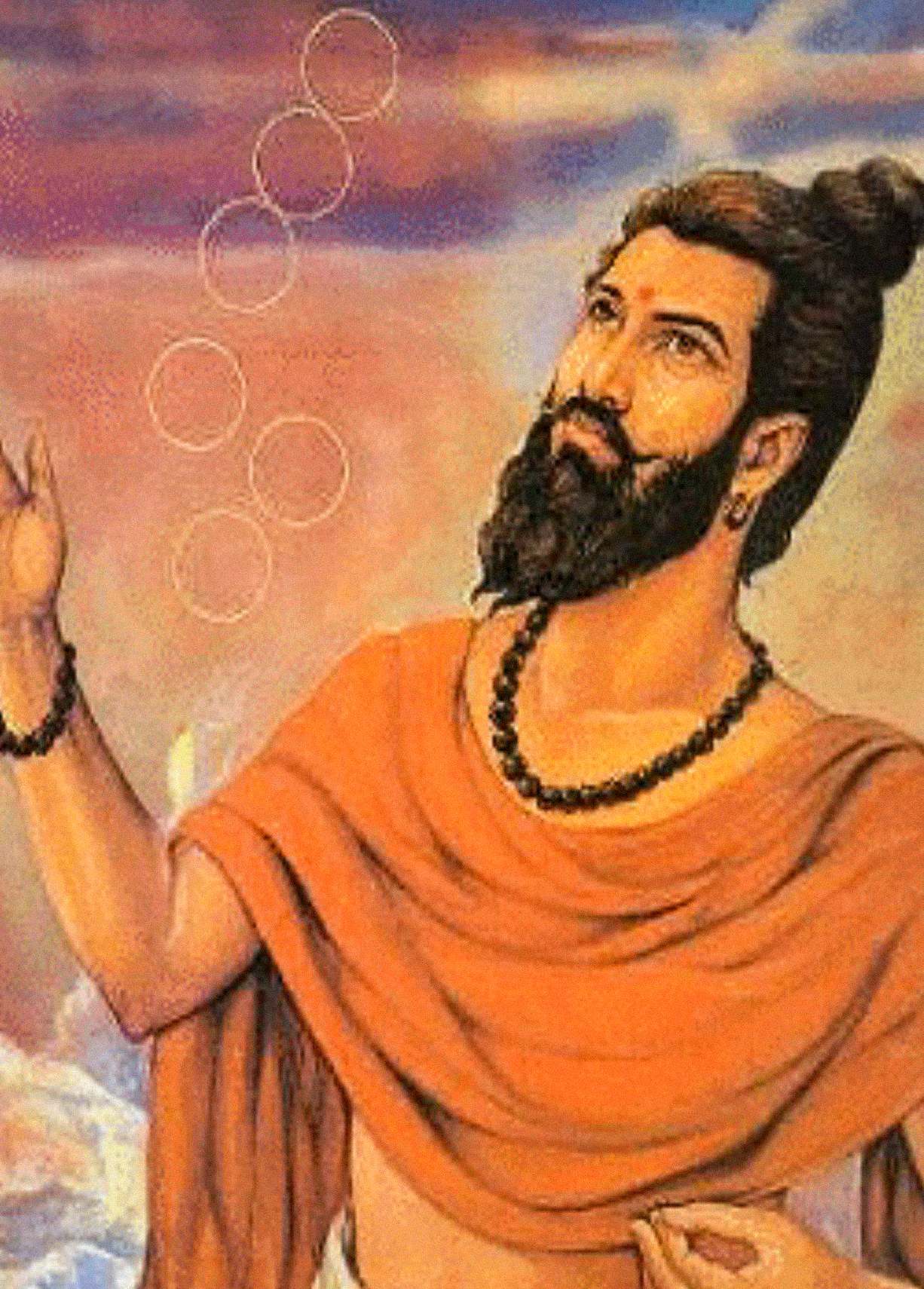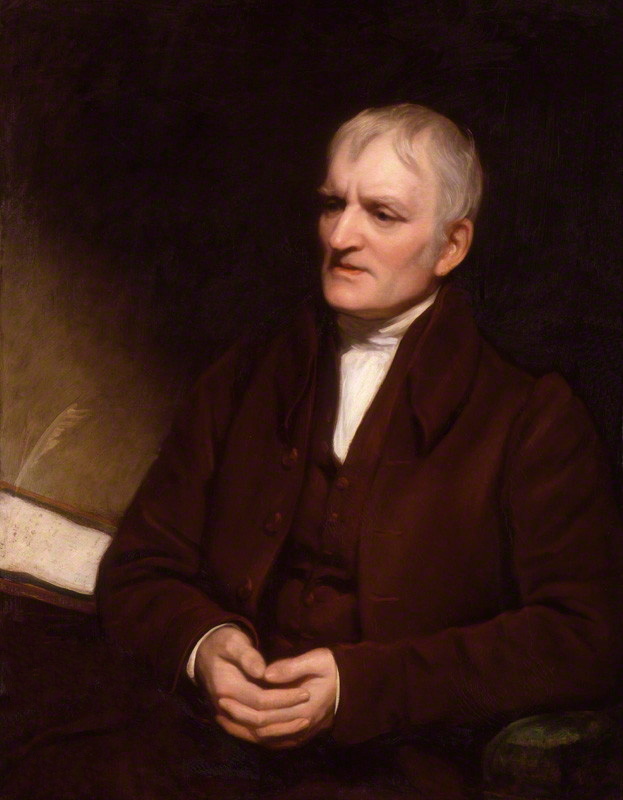While John Dalton, an English chemist and physicist, is the man credited today with the development of atomic theory at the turn of the 19th century, a theory of atoms was actually formulated 2,500 years before Dalton by an Indian sage and philosopher, known as Acharya Kanad.

Acharya Kanad – Indian sage and teacher of small particles
Acharya Kanad was born in 600 BC in Prabhas Kshetra (near Dwaraka) in Gujarat, India. His real name was Kashyap. Kashyap was on a pilgrimage to Prayag when he saw thousands of pilgrims litter the streets with flowers and rice grains, which they offered at the temple. Kashyap, fascinated by small particles, began collecting the grains of rice strewn on the ground. As he did so, a crowd gathered to watch the strange man collecting grains from the street.
The Indian sage was asked why he was collecting the grains that even a beggar wouldn’t touch. He told them that individual grains in themselves may seem worthless, but a collection of some hundred grains make up a person’s meal. He went on to explain that the collection of many meals would feed an entire family and ultimately the entire mankind was made of many families. Thus, he explicated, even a single grain of rice was as important as all the valuable riches in this world.
Since then, people began calling him Kanad, as Kan in Sanskrit means “the smallest particle.” Kanad went on to pursue his fascination with the unseen world and with conceptualizing the idea of the smallest particle. He began writing down his ideas and teaching them to others. Thus, people began calling him Acharya (meaning “the teacher”) which explains the name Acharya Kanad , meaning “the teacher of small particles.”
Kanad’s conception of the Anu, the Atom
Kanad was walking with food in his hand, breaking it into small pieces when he realized that he was unable to divide the food into any further parts, it was too small. From this moment, Kanad conceptualized the idea of a particle that could not be divided any further. He called that indivisible matter Parmanu, or anu (atom).
Acharya Kanad proposed that this indivisible matter could not be sensed through any human organ or seen by the naked eye, and that an inherent urge made one Parmanu combine with another. When two Parmanu belonging to one class of substance combined, a dwinuka (binary molecule) was the result. This dwinuka had properties similar to the two parent Parmanu.
Kanad suggested that it was the different combinations of Parmanu which produced different types of substances. He also put forward the idea that atoms could be combined in various ways to produce chemical changes in presence of other factors such as heat. He gave blackening of earthen pot and ripening of fruit as examples of this phenomenon.
Acharya Kanad founded the Vaisheshika school of philosophy (Darshan) where he taught his ideas about the atom and the nature of the universe. He wrote a book related to his research, entitled Vaisheshik Darshan , and became known as “the Father of Atomic Theory.”
Father of atomic theory or proponent of speculative metaphysics?
Nevertheless, S. K. Arun Murthi wrote in The Wire that the equivalence of Kanad’s doctrine of anu with modern atomic theory of science “is outrageously strange and Vaisheshik Darshan does not deserve the merit of science.” Instead he highlights that the doctrine belongs firmly in the category of metaphysics.
The Vaisheshika school posited that there were seven categories within the universe: Dravyam (matter), Guna (Quality), Karma (Action), Samanya (Generic species), Vishesha (Unique trait), Samavaya (Inherence or integrated part of the whole), and Abhava (Non-existence).
Meanwhile, Dravyam (matter) was subdivided into nine further categories: Prithvi (Earth), Jala (Water), Teja (Light), Vaayu (Gas), Aakaasa (Ether), Dika (Direction / space dimension), Kaala (Time), Maanas (Mind) and Atma (Soul).
In the West, atomism emerged in the 5th century BC with the ancient Greeks Leucippus and Democritus, although their philosophies are not considered “scientific.” Whether Indian culture influenced them, or vice versa, or whether both evolved independently is a matter of dispute.
John Dalton (1766-1844) is the founding father of atomic theory, and his theory the “first scientific theory of atoms” based on empirical evidence. While the concepts he used in creating his theory were actually based on the work of other scientists, he combined them into a theory that was measurable and testable. His conclusions were reached through a process of analysis and experimentation.

“Every object of creation is made of atoms which in turn connect with each other to form molecules,” Kanad reportedly said. His theory of the atom was abstract and enmeshed in philosophy, being as it was a speculative thesis based on logic and not on personal experience or experimentation.
Nevertheless, his theories “were brilliant imaginative explanations of the physical structure of the world, and in a large measure, agreed with the discoveries of modern physics,” asserted A. L. Basham, the veteran Australian Indologist.




